
Home » Journal Articles » Thoughts & Opinions » The Role of Reverie in Working with Stone
By Shierry Weber Nicholsen, Ph.D., FIPA
These are excerpts from a talk I gave recently at a conference. If you would like to see the full text, please email me at snicholsen@earthlink.net 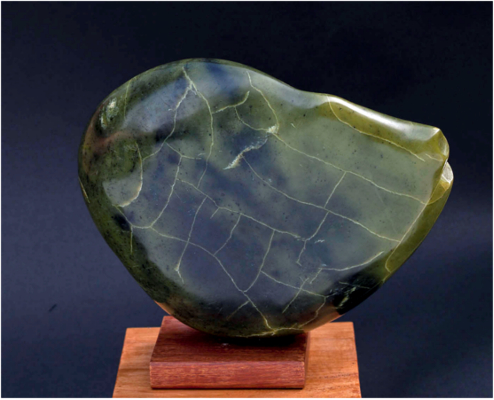
After defining reverie as both a state of mind that is open and receptive and also the kinds of things that come into the mind when it is in this state, I go on to say that I begin a piece without an idea of what it will become. Something in the stone catches my attention, and we go on from there. I continue:
The Kinds of Things that Come in Reverie
Now, I want to be more specific about what happens for me in the reverie that is part of working with stone. Things come into my mind in reverie – many kinds of things in many forms – that that I may decide to try to embody in the piece in some way. Gesture, something in the form of a bodily movement, is one example. Or a visual image might emerge, perhaps an image of what a part of the stone could look like or perhaps an image that has no obvious direct connection at all with what I am doing. Or a word or a phrase might come into my mind, evoked by some aspect of the figure emerging in the stone.
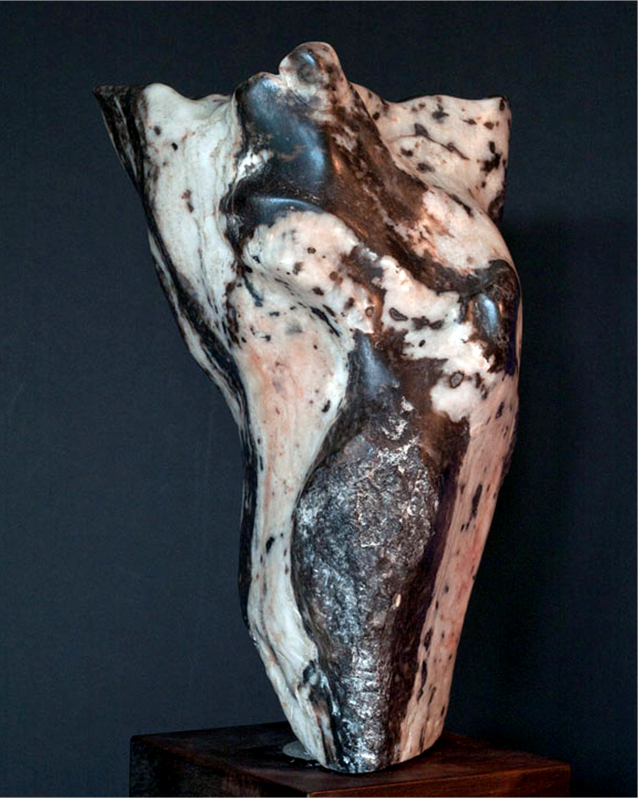 Gesture, Movement, Body
Gesture, Movement, Body
The most basic form that my reverie takes in working with stone – and of course it might be different for other people – is a body reverie. It is generally movement images that come into my mind. By this I do not mean a visual image of someone making the gesture. It’s more an internal feeling or sense of the gesture, a feeling in what you might call my internal psychic body that is kind of on the border with my actual physical body. A word I sometimes use for this kind of thing is “quasi-bodily” or “quasi-sensory.” It’s very characteristic of the aesthetic dimension of experience. When this kind of internal gesture – image comes into my mind I often make the gesture with my hand, so that there is a kind of external version of it as well. And of course if I want to embody that gesture in the stone I am going to have to use my hand to do so.
Of course a stone sculpture does not literally move. The gesture, the movement in it, is only implied by the form. Another way of saying this would be that as I form the sculpture the piece becomes a kind of a body, and the posture of that body implies certain forces of gravity and muscular tension that in a human body would give rise to or result from movement.
At the same time, if I am contemplating the stone within reverie, I may start to feel discomfort in what I am calling my internal psychic body. It is as though I’m empathizing with the stone-as-body by identifying my psychic body with it, and I may feel all sorts of psychic body sensations – again on the border of concrete body sensations – that tell me that the part of the piece I am contemplating is not quite right. “It” – that is, the sculpture as I am identifying with it – may feel stiff or tight, or lumpy somewhere, for instance. I may feel stifled, even almost suffocated. I think this too is a version of reverie.
Translation
But how is what comes into my mind in reverie, translated into the actual sculpture? Mental activity and a piece of stone are not very similar. This goes back to what I’ve said about gesture. Let us say that what comes into my mind is a gesture of curling over. As I said before, when you’re making a stone sculpture you’re making a body. And we ourselves are bodies; we all know how to make bodies do things. We know how to curl over, for instance. And conversely we know how something looks when it’s curled over. So we chisel or file stone away so that a curling-over starts to be visible.
Finishing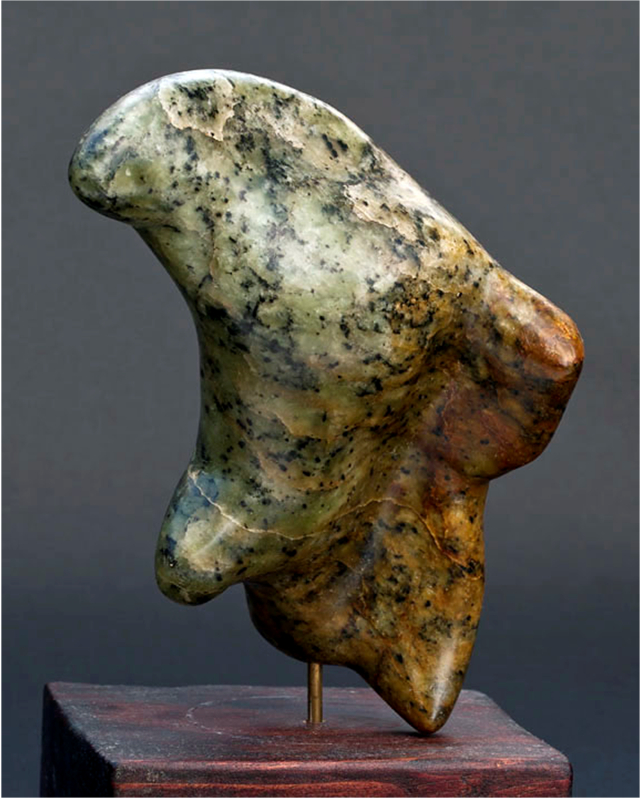
As the piece gets farther along, and starts to hang together, starts not to be so radically changeable any more – starts to be “set in stone,” in fact – what used to be in my reverie is now in the piece itself. The sculpture is coming to be what I call a being in itself. It is not a human being, but it is made of psyche as well as of stone, because reverie translated through my hands has now gone into the stone.
Conclusion
What motivates me to make sculpture is a kind of curiosity, a sort of nonphysical hunger. There is something I would like to see and touch, something I would like to have existing in front of me that is not the same as anything that already exists, something new that doesn’t exist yet. I can’t even imagine what it is. But I know that if I make a piece of sculpture this is what will happen. Something I could not even imagine beforehand will now exist.
Walter Benjamin once said the work of art reflects back at us that of which our eyes will never have their fill.* The desire is to create something that will have this effect. Even if a piece of sculpture is weird, ugly, or disturbing, if it has come to be a being in itself in the way I have talked about, then it can be looked at and looked at – and remember that a piece of sculpture is three-dimensional, and the number of angles from which it can be looked at is infinite – it can be looked at and looked at and it seems as though my eyes can never have their fill.
*Walter Benjamin, “Some Motifs in Baudelaire,” in Illuminations (New York: Schocken, 1969) , p. 187.

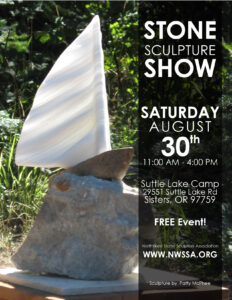
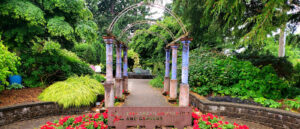
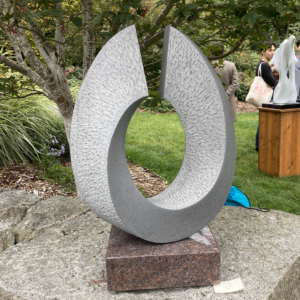
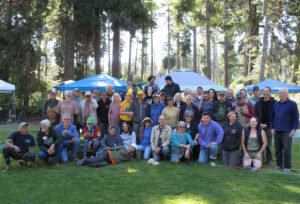
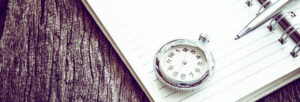

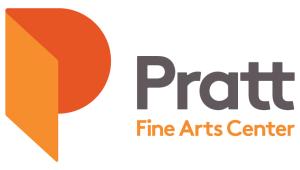

We need some kind of descriptive text here.